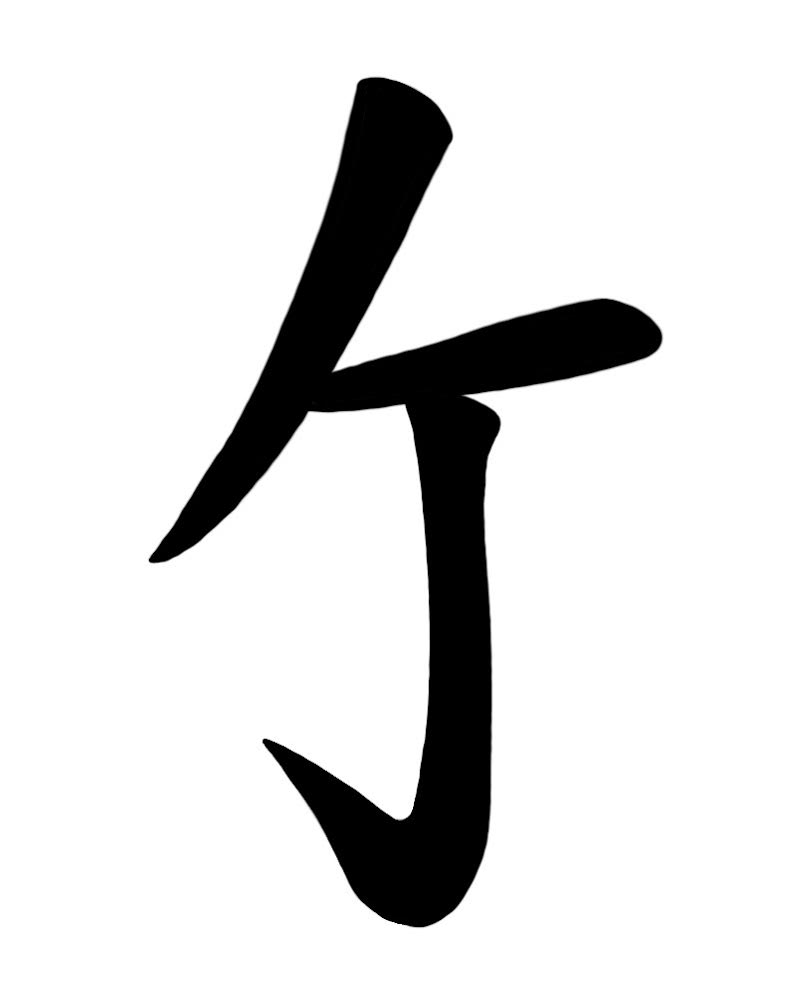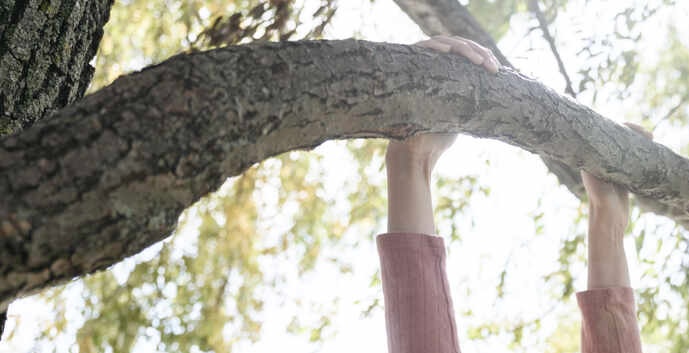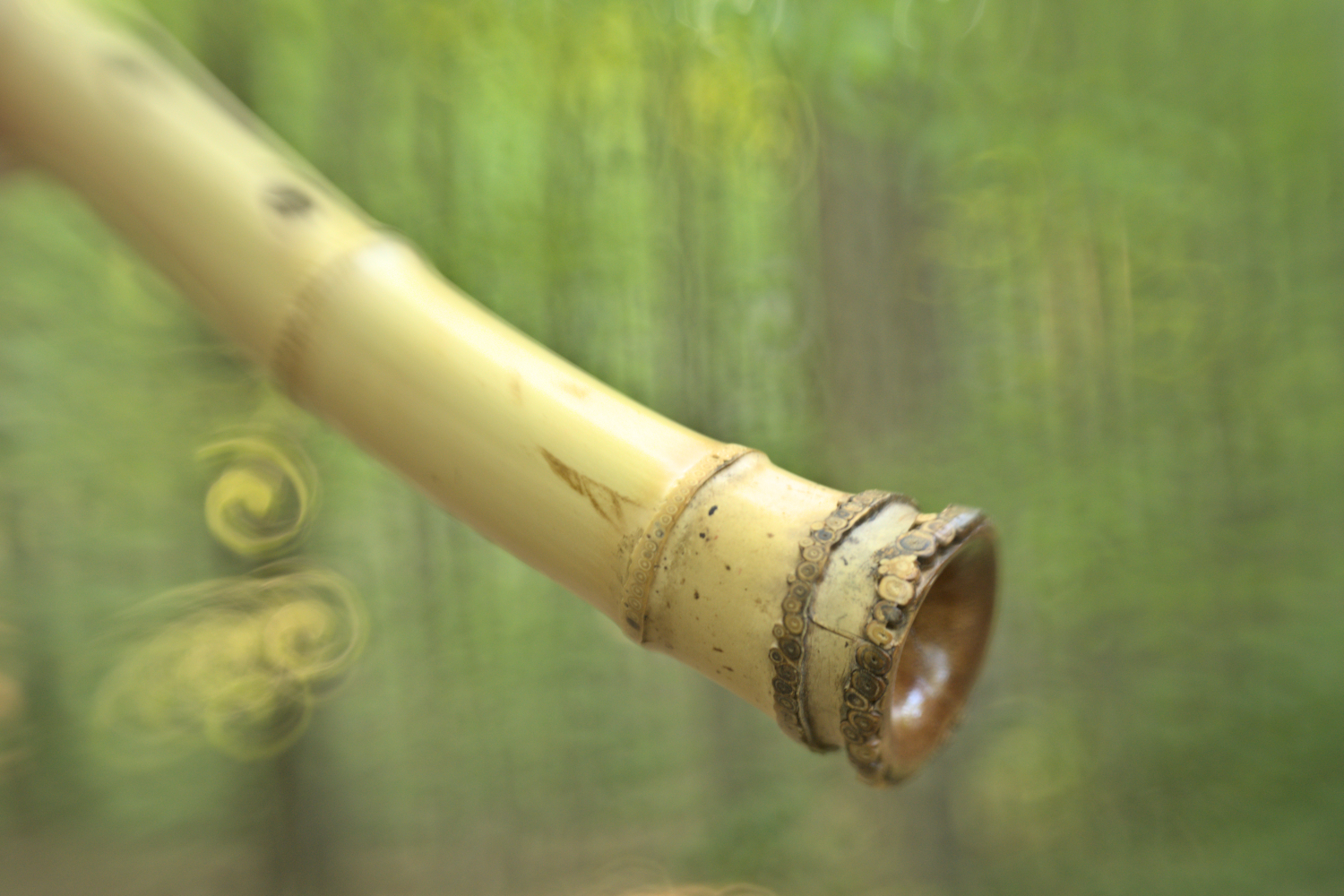RSI Musician’s Injuries: My Journey Overcoming Debilitating Pain and Nerve Damage
Many might be surprised to learn that I once dealt with debilitating pain and nerve damage (RSI – Repetitive Strain or Overuse Injuries) in my arms. By my mid-twenties, I nearly lost the ability to practice shakuhachi. As I write this, at 38, it’s been over ten years since I’ve been pain and nerve-damage free! Often, our bodies just need the right care and nutrition. However, with everyone after our money it can be very difficult to find actual help or answers for what ails us.
(As an aside: It’s common, though often unintentional, for well-meaning individuals to subtly blame those suffering from “invisible illnesses” like RSI, implying a lack of enlightenment, health, or effort. Those of us struggling with these conditions are, of course, not “inferior”.)
My Experience with Debilitating RSI and Recovery
“Musician’s injuries” are, sadly, all too common and parallel many occupational overuse injuries. In my case, I began crafting bamboo flutes full-time around age sixteen, making it my livelihood. At nineteen, I moved to NYC to study shakuhachi, practicing around six hours a day. Add to this computer use, cooking, washing dishes, and everyday tasks, and RSI developed fairly quickly.
Initially, the pain manifested in the tendons of my right forearm and the adjacent nerves, rubbed raw by repetitive motions. These nerves travel from our fingertips all the way to the neck. About a year into my studies in NYC (around 2007), I actually switched from right-handed to left-handed shakuhachi playing to alleviate the pain. My playing posture back then was far from ideal, and I spent years correcting it in my early twenties. (I didn’t return to right-handed playing until around 2020, as it simply feels more natural.)
I also adopted a lot of left-handed habits, from flute work to brushing my teeth. Inevitably, however, my left forearm’s tendons and nerves began exhibiting the same issues. Over the years, I initially explored alternative medicine and Yoga, but nothing truly helped my arms; some practices even seemed to worsen them. Eventually, around age 25, I briefly gained access to U.S. health insurance and sought help from modern medicine… which proved to be quite a learning experience.
The Misleading Path of Conventional Diagnosis
I underwent scans of my arms and a nerve conduction study, where electrical currents were sent through my nerves. This included shocking my ulnar nerve (the “funny bone” nerve) at the elbow.
However, like all tests, this one has significant limitations. It often leads to misdiagnosies of carpal tunnel syndrome and ulnar nerve entrapment (cubital tunnel syndrome). In reality, it’s typically unnecessary for diagnosing these conditions, as simpler, more reliable physical tests can be done at home (a fact I learned only after electrocution).
After the shock tests and scans, I saw a surgeon. Predictably, they recommended surgery (the classic “when all you have is a hammer, everything looks like a nail” scenario). They proposed snipping the transverse carpal ligament in my wrists to “relieve carpal tunnel syndrome.” They also wanted to extract my ulnar nerve from its protective bony groove and relocate it just beneath the skin to address “ulnar nerve entrapment.”
The doctor joked, “After this surgery, if you slap the inside of your arm, it hurts like crazy!” How amusing. I told him I needed to consider my options, to which he retorted, “Okay, we’ll just wait while your arms deteriorate.” His pushy, macho demeanor thankfully triggered my alarm bells.
Clarity About My Body, But Also Getting Worse…
I went home and researched carpal tunnel syndrome and ulnar nerve entrapment. What immediately struck me as odd was that I had no wrist pain, a point I’d told the doctor, but he’d brushed it aside, assuring me the nerve conduction tests “didn’t lie.”
Online, I found simple physical “flexion/extension” tests for carpal and ulnar nerves. Best of all, no electrocution required. You simply hold specific positions and wait for pain. I held them, and waited, and waited… no pain. Specifically, no wrist pain or ulnar/elbow pain.
While I was clearly injured, I clearly did not have these specific conditions, nor did I need those drastic surgeries that surely would have left me worse for wear. I then delved deeper into research and came across a book called “The Athletic Musician.”
I reached out to the author, who confirmed that many surgeons often “farm out” these operations, fully aware they may not be treating the root cause. The book and author certainly offered good advice, and I sincerely began correcting my posture. My years of meditation ensured I was well aware of excess bodily tension as well. Now it was a case of healing my severely injured tendons. However, the pain persisted and my function continued to decline over the years. By age 27, I was seriously researching disability benefits and facing the growing possibility of having to give up shakuhachi altogether.
By this point, daily life involved constant calculations of what I could manage. If I overextended, I’d lose the ability to do simple things like hold utensils to eat, due to both pain and loss of motor function/sensation from nerve damage. I was performing contrast baths twice a day just to get by.
This involved filling a small plastic wastebasket with about eight trays of ice cubes and cold water, and another identical basket with hot water, both in the bathtub. I’d squat, submerging one arm in cold and the other in hot water up to above my elbows (three minutes each, then switch, three rounds total, sixteen minutes). It’s a far more effective healing method than many, though certainly not “fun.”
(From the net: Contrast baths are a form of hydrotherapy involving alternating immersions in hot and cold water at specific rates, temperatures, and durations. This repeated temperature change is believed to cause blood vessels to constrict and dilate, creating a “pump effect.”)
This pumping action is thought to help the body remove waste cells and promote healing. The cold also significantly reduced my pain and inflammation. I had previously taken NSAIDs until I learned they could cause further health issues. So, ice water it was. I grew accustomed to it and actually looked forward to the relief. To maximize this “ice time,” I often worked on memorizing Honkyoku by singing and visualizing the notation. While icing helped, things continued to worsen. I was seriously looking into joining Buddhist temples by this point.
The Unexpected Breakthrough
Then, one day, a simple realization struck me: I never once had any forearm pain after heavy lifting. At the time, playing shakuhachi, making them, typing, and cooking (which I love) were all highly aggravating to my forearm tendons and ravaged nerves. I literally had to plan my day around tasks and schedule arm icing afterward. Yet, lifting a 30lb vise? No problems at all. (Of course, “repetitive motions” are the cause for these injuries, but it tends to make one cautious of heavy lifting too, at least in my case.)
It felt like a long shot, but based on this small insight, and my desperate circumstances, I decided to research weightlifting. I was already on the verge of losing my livelihood, my shakuhachi craft, and joining a Buddhist temple… so why not try? Before jumping in, I researched physical training extensively. I committed to only the safest exercises, executed with the most ergonomic form (this was all facilitated by my prior years of correcting my body posture and mechanics as well as a heightened awareness of excess bodily tension. I always use neutral wrists/grip, focusing on the safest exercises like ‘farmer’ and ‘suitcase carries’).
I also looked into nutrition to give my body what it would need to heal my tendons (all of the essential amino acids as well as avoiding common causes of inflammation, such as excess omega 6 and sugar). If I felt any worsening pain, I would consider the experiment a failure, accept my fate, and proceed to the temple.
My first day in the gym: no forearm pain. Second day: no pain. And so on…
Within about six months, I could play shakuhachi, type, and do seemingly anything without forearm pain. I had regained motor function and sensation that I had lost from nerve damage. It felt nothing short of a miracle. I gratefully donated all those ice cube trays to the local thrift store.
I delved even deeper into understanding these mechanisms until I finally discovered “tendon remodeling.” (From the net: Tendon remodeling involves both synthesis and degradation of collagen, with a net degradation beginning immediately after exercise, shifting to a net synthesis.)
In layman’s terms: lifting weights caused my body to heal, and modern science knew about it all along (recall that posture work came first as the foundation of all safe exercise). Tendon remodeling should be fundamental knowledge, especially given how common tendon-related RSI is. Yet, every healthcare professional I’d seen had either been ignorant of it, forgotten such a primary concept, or had reasons for not mentioning it. It felt like going to an ER with a deep laceration, and no one will stitch you up because they don’t know how, or have forgotten, or perhaps are trying to sell you something else.
(If you can believe it, some people have expressed that weightlifting isn’t “exotic” or “sophisticated” enough in their opinion. In my experience, there’s no true substitute for the fundamental act of gripping with weight/resistance. Be it a weight or hanging from a bar or tree limb.)
Your Path to Healing
I share this story for anyone suffering, anyone losing the ability to do what they love. If you’re struggling with RSI, I deeply and sincerely hope you find your path to healing. No matter what, don’t give up on your body. Josen



Leave a Reply